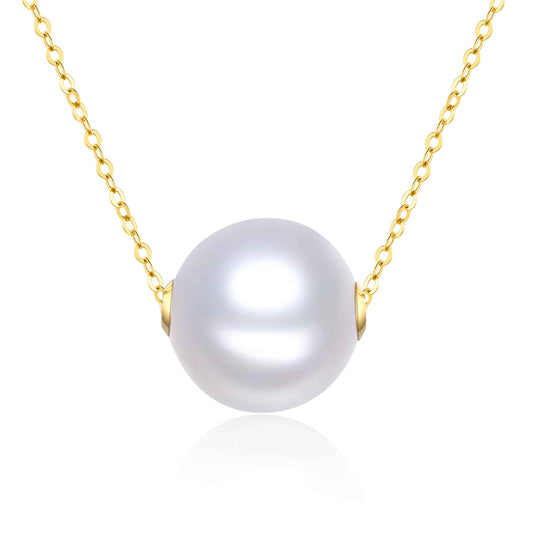
Hedy Lamarr: The Inventive Pearl of Hollywood Ahead of Her Time
Share
Header: A Legend Endures of Beauty, Strength and Inventive Genius
Sometimes, two pearls are found inside an oyster. Only with grit, courage, and vision can one break through the barriers of convention and limitations of their circumstances to develop both. In honor of this unique human quality, we are publishing a series looking at women who have lived their lives like pearls. This is another installment of the Living like a Pearl series. Find the other stories here.
_______
Had she stayed in her first marriage, nobody would have heard of Hedy Lamarr.
Like a scene out of a movie, this Hollywood legend could only realize her dreams of being an actress in 1937 by having the grit at 23 to escape from her unbearably controlling husband. How? By disguising herself as a maid, fleeing her home country of Vienna, and disappearing in Paris, where her journey began.
With an early interest in acting, lessons, and small acting parts in Vienna, at 18 she landed the lead in Gustav Machatý's “Ecstasy’, a celebrated yet controversial and provocative film for its time, which would bring her international fame.
Upon landing in Hollywood in 1938, she was promoted as “the world’s most beautiful woman” by the head of MGM Studios, and changed her name from Hedwig Kiesler to Hedy Lamarr to distance herself from her reputation as “the Ecstasy lady”.
Her successful acting career of 30 films brought critical acclaim, and her legendary status as the archetypal glamorous seductress has influenced many in the movie industry, Broadway, and pop culture. Did you know, she was the inspiration for Catwoman?
Often typecasted in roles that emphasized her beauty and sensuality, Hedy grew bored of the lack of acting challenges and her hobby of inventing by night helped channel her creativity.
In addition to her film career, her inventions are also celebrated to this day. Of her many creations, Hedy’s idea for a new wing shape for faster flight influenced aviation tycoon Howard Hughes, who called her “a genius.”
Her creative genius didn’t end there. During WWII, Hedy conceived the creation of a frequency-hopping signal to prevent radio-controlled torpedoes in naval war from being jammed and veer off-course. With her friend George Antheil, in 1942 they patented a radio guidance system using frequency-hopping spread spectrum technology for Allied torpedoes. Although it was an idea ahead of its time due to technological limitations, in 1962 an updated version of their design was installed on Navy ships.
Lamarr and Antheil were posthumously inducted into the National Inventors Hall of Fame in 2014, and today, this frequency-hopping technology is still used in Bluetooth and Wi-Fi.
Not one to settle for being an actress and inventor, she was also a film producer that the male-dominated Hollywood wasn’t ready for yet. Producing and starring in two motion pictures in 1946 and 1947, it was made clear that as a female actor, her pioneering efforts of producing films independently were not supported by the Hollywood establishment.
Her personal life also required grit, with six marriages and divorces, three children, and estrangement from her son of almost 50 years.
Celebrating the two pearls she gave the world, the life story of her elegance, strength, and creative genius is told in the 2017 documentary film “Bombshell: The Hedy Lamarr Story”, written and directed by Alexandra Dean and produced by Susan Sarandon, and can be seen today on Netflix.



